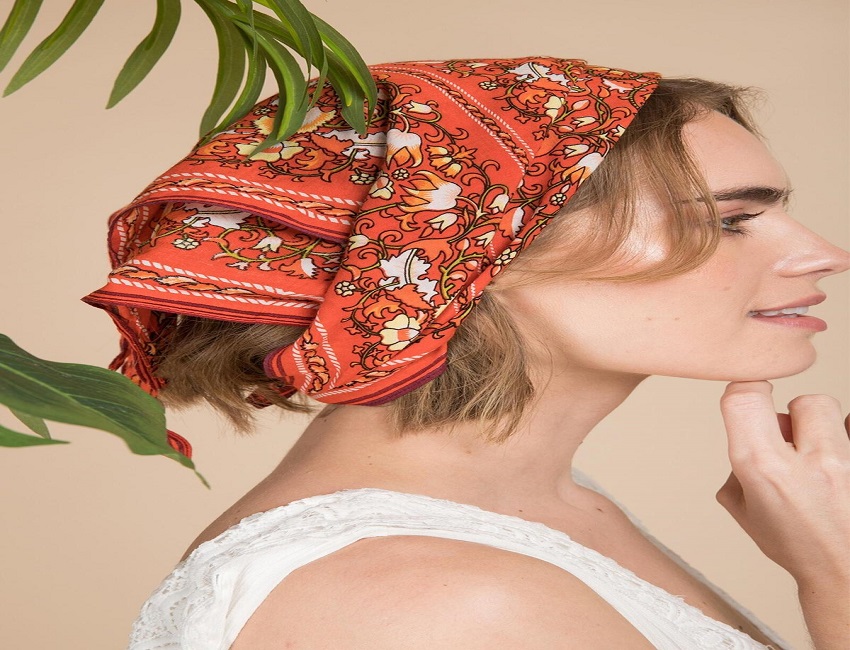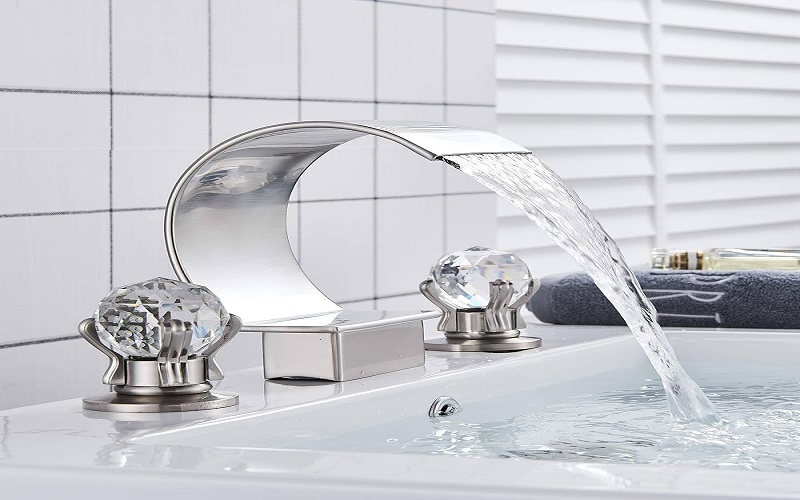
Kimono from a genuine perspective implies “something worn”, and there are various Japanese Kimono types for different occasions.
The reason for the kimono is, clearly, the kimono robe itself. There are different kimono styles, models, and tones to match the seasons. In any case, there is moreover an undeniable differentiation in Japanese kimono types. Each has it’s own surprising spot in Japanese culture and customs. Astonish neighborhood individuals with your knowledge into kimono styles!
Kimono Type – 1 : Furisode
We should start with the most appropriate Japanese kimono type, the furisode. Unmarried women wear the furisode, which has sleeves between 100cm-107cm long. Habitually the furisode kimono type goes with particularly hair-raising plans expected to command the notice.
There are truly three different furisode kimono types with different sleeve lengths; the Kofurisode with short sleeves, the Chu-furisode with medium sleeves and the Ofurisode with sleeves almost showing up at the ground.
Ofurisode is the most notable furisode kimono type and is the most formal. It moreover makes them pad which adds weight and strength. Ordinarily Ofurisode is worn in regular administrations by entertainers or women at a wedding as one of the most classy kimono styles.
Chu-furisode has become all the more notable with young women. Unlike the Ofurisode, they don’t have any padding inside. In this way, they are lighter and cooler.
Kofurisode, with the most concise sleeves, can similarly be worn with formal pants, or hakama. Stood out from the other furisode kimono types, it isn’t as normal. The look, especially with the hakama and boots, returns to the Meiji time period. During that time, it was the kimono style of various Japanese school young women.
Kimono Type 2: Hikizuri
Before the Meiji time, the Hikizuri kimono was worn by rich women of elevated places. By and by, the conceivable outcomes you will see this kimono type transparently are amazingly slight aside from assuming you are in Kyoto or the Asakusa area of Tokyo. The shocking surface stream stunningly.
Rather than other kimono types, Hikizuri kimono is basically worn by geisha, maiko or entertainers of regular Japanese dance. With present day times, women had more opportunities to take off from the house which achieved the current kimono styles that require falling the extra surface around the mid-region.
Kimono Type 3: Tomesode
Tomesode is the most ordinary kimono type worn by married women. Specifically, the case of a Tomesode is reliably under the waist and has a phenomenal arrangement. For sure, it on occasion joins gold. In western culture, this kimono type is indistinguishable from an evening dress. It has either 3 or 5 pinnacles. The last choice is more formal, and they range from splendid to just dull varieties. The dull grouping, Kuro Tomesode, are simply worn by hitched women.
Nevertheless, the clear Iro Tomesode may be worn by unmarried women. Clearly, the Tomesode appears at formal events like weddings and tea capacities. Among other kimono types, it is one of the most surprising.
Kimono Type 4: Houmongi
What is Houmongi? Houmongi come in various rich tones and plans that are sensible for various capacities and semi-formal neighborhood social occasions. The model streams over the shoulder to the wrinkles rearward, recognizable on the sleeves and under the midriff.
This kimono style is made using the “eba” technique which appears to be like a steady work of art reached out across the entire kimono. Regardless of the way that its arrangement of encounters is exceptionally old, when it displayed in the Taisho time span, it was another kimono type.
Kimono Type 5: Iro Muji
These kimonos have a plain tone with close to no models. The heavenliness of these kimono styles comes from ease. Since the arrangement isn’t unreasonably bombastic, it doesn’t rage grave events or influence a ton to see the wearer. In any case, that doesn’t mean they are simply worn on troubling occasions. Furthermore, there is even a specific kind of IroMuji kimono for tea capacities. Their show depends upon the number of tops on the kimono.
Kimono Type 6: Komon
Japanese people know this kimono as the agreeable kimono. Diverged from other kimono types, you will presumably see these the most often. They have a reiterating plan that is every now and again with vertical stripes. Regardless of the way that they are magnificently made, don’t wear this kind of kimono for a customary event! Taking everything into account, it is fantastic for a stroll around the town, or little celebrations.
Without a doubt, this was the most generally perceived strategy for dressing before Western articles of clothing became renowned in Japan. Would you have the option to imagine when the streets were covered in these delightful plans as neighbourhood individuals moved toward their day?
Read Also – 8 DIFFERENT WAYS TO WEAR A BANDANA










Thanks for sharing. I read many of your blog posts, cool, your blog is very good.
After examine a couple of of the blog posts in your website now, and I really like your manner of blogging. I bookmarked it to my bookmark web site record and can be checking again soon. Pls check out my web page as well and let me know what you think.
I like what you guys are up also. Such smart work and reporting! Keep up the superb works guys I have incorporated you guys to my blogroll. I think it will improve the value of my website :).
Hey there! I’m at work surfing around your blog from my new iphone 3gs! Just wanted to say I love reading your blog and look forward to all your posts! Carry on the superb work!
I would like to thnkx for the efforts you have put in writing this blog. I am hoping the same high-grade blog post from you in the upcoming as well. In fact your creative writing abilities has inspired me to get my own blog now. Really the blogging is spreading its wings quickly. Your write up is a good example of it.
Heya just wanted to give you a brief heads up and let you know a few of the images aren’t loading properly. I’m not sure why but I think its a linking issue. I’ve tried it in two different browsers and both show the same outcome.
Absolutely composed subject matter, Really enjoyed studying.
Hmm is anyone else encountering problems with the images on this blog loading? I’m trying to find out if its a problem on my end or if it’s the blog. Any feedback would be greatly appreciated.
Hi! Someone in my Myspace group shared this website with us so I came to look it over. I’m definitely loving the information. I’m bookmarking and will be tweeting this to my followers! Exceptional blog and fantastic design.
Great post. I am facing a couple of these problems.
purple pharmacy mexico price list: cmq pharma mexican pharmacy – mexico drug stores pharmacies
medicine in mexico pharmacies
http://cmqpharma.com/# medication from mexico pharmacy
pharmacies in mexico that ship to usa
Very efficiently written information. It will be useful to anyone who employess it, including yours truly :). Keep doing what you are doing – looking forward to more posts.
Your article helped me a lot, is there any more related content? Thanks!
Enjoyed looking through this, very good stuff, regards. “Management is nothing more than motivating other people.” by Lee Iacocca.
You can definitely see your skills within the work you write. The arena hopes for even more passionate writers such as you who aren’t afraid to mention how they believe. Always follow your heart.
Well I definitely enjoyed studying it. This information offered by you is very practical for accurate planning.
http://canadapharmast.com/# canadian pharmacy mall
mexican rx online: buying prescription drugs in mexico – reputable mexican pharmacies online
mexican rx online п»їbest mexican online pharmacies medication from mexico pharmacy
purple pharmacy mexico price list: purple pharmacy mexico price list – mexico pharmacies prescription drugs
buying prescription drugs in mexico: buying prescription drugs in mexico – mexican pharmacy
https://foruspharma.com/# mexican drugstore online
india pharmacy: buy prescription drugs from india – indianpharmacy com
best canadian online pharmacy canadian online drugstore best canadian pharmacy online
india online pharmacy: indian pharmacy – pharmacy website india
indian pharmacy paypal: top online pharmacy india – п»їlegitimate online pharmacies india
cheapest pharmacy canada canada online pharmacy safe canadian pharmacies
https://foruspharma.com/# mexican rx online
pharmacies in mexico that ship to usa: mexican online pharmacies prescription drugs – mexican online pharmacies prescription drugs
canadian pharmacy 24h com safe: buying drugs from canada – canadian online drugstore
buying prescription drugs in mexico online: reputable mexican pharmacies online – mexico drug stores pharmacies
mexico pharmacy purple pharmacy mexico price list buying prescription drugs in mexico online
canadian pharmacy sarasota: canadian drugs online – legitimate canadian pharmacy online
canadian valley pharmacy: canadian world pharmacy – canadian pharmacy mall
I like this web blog so much, bookmarked.
https://indiapharmast.com/# pharmacy website india
Paxlovid buy online: paxlovid india – paxlovid for sale
https://clomiddelivery.pro/# cost cheap clomid without insurance
Hi! This is kind of off topic but I need some help from an established blog. Is it hard to set up your own blog? I’m not very techincal but I can figure things out pretty quick. I’m thinking about creating my own but I’m not sure where to start. Do you have any points or suggestions? Many thanks
http://doxycyclinedelivery.pro/# doxycycline monohydrate
I just couldn’t depart your web site before suggesting that I really enjoyed the standard information a person provide for your visitors? Is gonna be back often in order to check up on new posts
http://amoxildelivery.pro/# can you buy amoxicillin over the counter in canada
https://doxycyclinedelivery.pro/# where can you get doxycycline
http://clomiddelivery.pro/# generic clomid for sale
https://amoxildelivery.pro/# amoxicillin without rx
https://paxloviddelivery.pro/# buy paxlovid online
http://ciprodelivery.pro/# cipro ciprofloxacin
http://amoxildelivery.pro/# amoxicillin capsule 500mg price
doxycycline price in india: doxycycline 200 mg price in india – buy doxycycline uk
doxycycline cheapest uk: doxycycline capsules price in india – price doxycycline